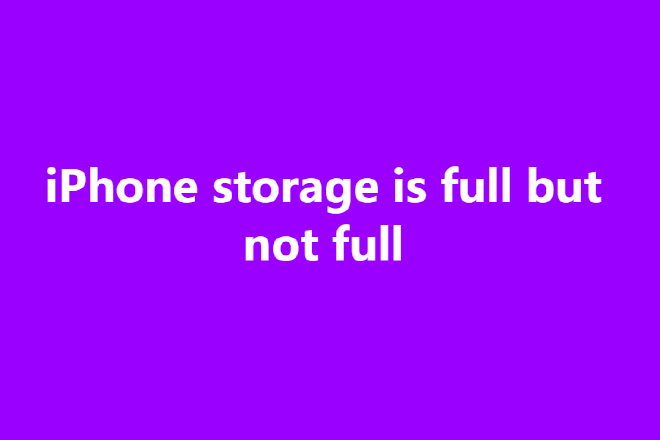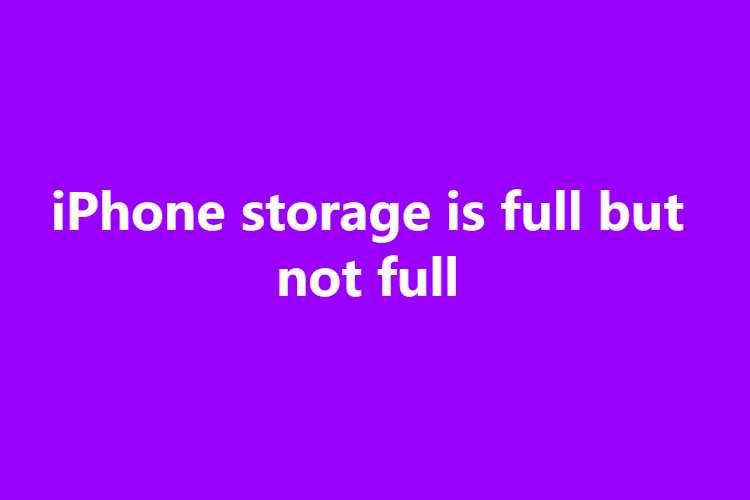- Expert Hacks to Fix the "iPhone Storage Full"/
- How to/
- 5 reasons for why iPhone storage is full but not full?/
5 reasons for why iPhone storage is full but not full?

Table of Contents
If your iPhone storage appears to be full even though you believe it is not, it could be due to various reasons:

Reasons #
Cached Data #
Your iPhone may have accumulated a significant amount of cached data from apps, photos, and browsing activities. This data can take up storage space even if you don’t see it directly. Clearing app caches or browser data can help free up space.
System Files #
The iOS system files and operating system itself require storage space. These files are necessary for your device to function properly and cannot be directly accessed or deleted by users. They occupy a portion of your iPhone’s storage, which may contribute to the full storage message.
Hidden Files #
Some files, such as temporary files or system backups, may be hidden and not visible through normal file browsing. These files can accumulate over time and consume storage space. Resetting your iPhone or using specialized software can help remove hidden files.
iCloud Storage #
If you have enabled iCloud Photo Library or iCloud Backup, your device’s storage may be filled with data that is stored in the cloud. In this case, your iPhone may show as full, but the actual data is stored remotely. You can manage your iCloud settings and free up local storage by offloading files to the cloud.
Other Data #
Consider checking other data on your device, such as large videos, music files, or downloaded documents. Delete any unnecessary files to create more space.
If you’re still experiencing storage issues or you’re unable to identify the cause, it’s recommended to backup your iPhone, perform a factory reset, and then restore your data. This process can help resolve any software-related issues that may be causing incorrect storage readings.
There are a few things you can try to resolve the issue #
1. Restart your iPhone #
Sometimes, a simple restart can resolve minor software glitches that may cause inaccurate storage readings.
2. Check for hidden files or large data #
Use a file management app or connect your iPhone to a computer to check for hidden files or large data that might be taking up space. Look for large app caches, downloaded files, or other unnecessary data that can be deleted.
3. Offload unused apps #
Go to Settings > General > iPhone Storage and review the list of apps. Offload or delete apps that you no longer use or need to free up space.
4. Clear browser cache #
If you use Safari or any other web browser on your iPhone, clearing the cache can help free up storage. Go to Settings > Safari > Clear History and Website Data.
5. Delete old messages and attachments #
Messages and their attachments can take up a significant amount of storage. Delete old conversations or remove large media attachments to free up space. You can go to the “Messages” app, swipe left on a conversation, and tap “Delete” to remove it.
6. Reset settings #
If the issue persists, you can try resetting your iPhone’s settings. Go to Settings > General > Reset > Reset All Settings. This will not delete your data but will reset all settings to their default values.
If none of these steps help resolve the issue, it’s possible that there may be a more significant software or hardware problem. In such cases, it’s recommended to contact Apple Support or visit an Apple Store for further assistance and troubleshooting.
If the problem persists, it’s advisable to contact Apple Support or visit an Apple Store for further assistance. They can provide personalized guidance based on your specific device and situation.